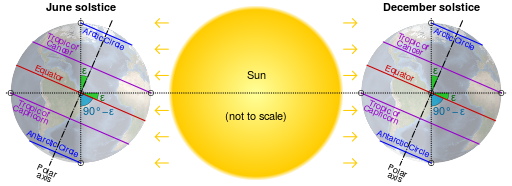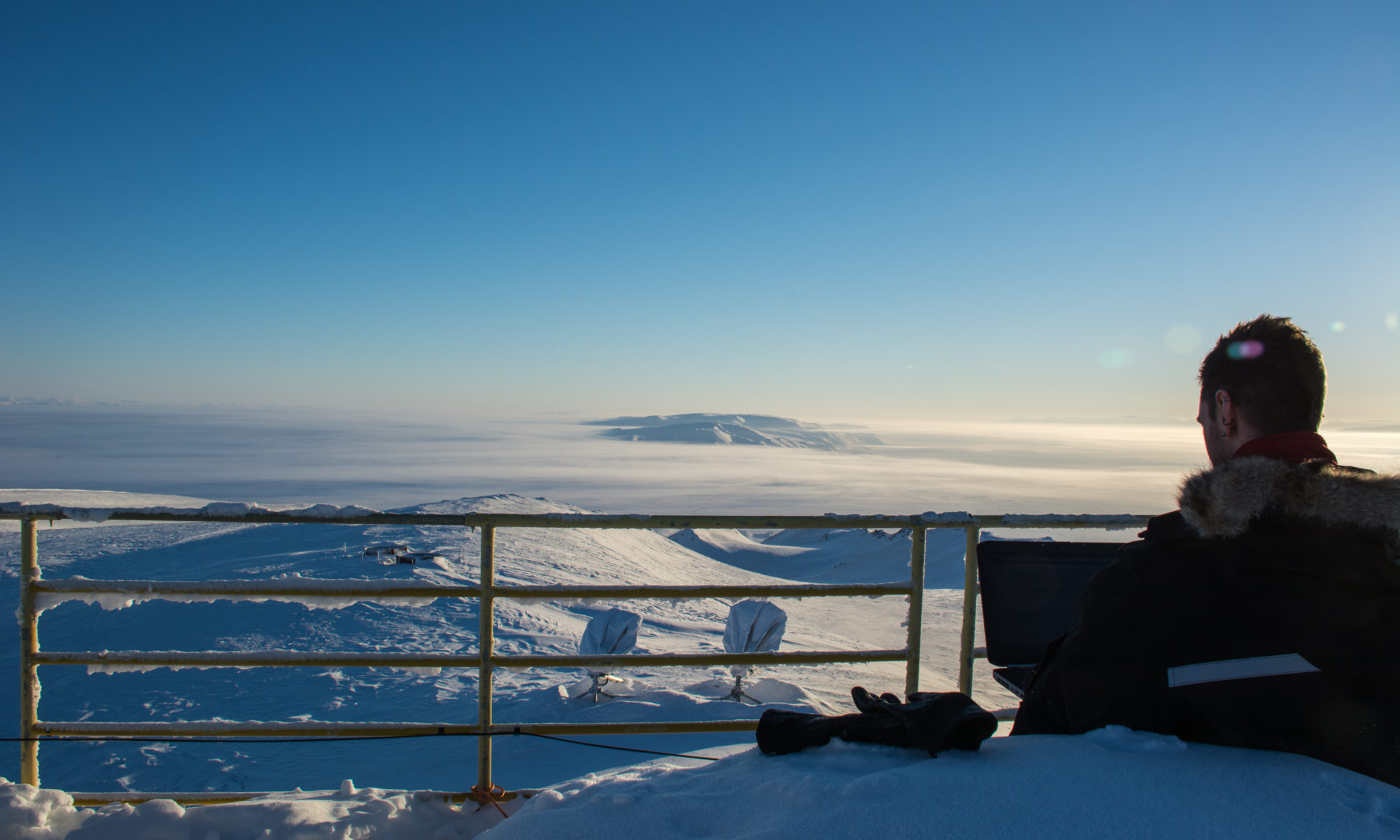Two major aspects of seasonal change are weather and the “length of the day” — i.e., the number of sunlight hours.
The magnitude of this change depends on latitude. Near the equator, the amount of sunlight stays relatively constant. In mid-latitudes there’s quite a noticeable change in the length of daytime. In Toronto, for example, the amount of sunlight in a day stretches from 9 hours in the middle of winter to over 15 hours in the middle of summer. In the polar regions the change is even more dramatic. There are times when the sun never sets (“midnight sun”) and times when the sun never rises (“polar night”). The seasonal change in sunlight has profound impacts on the environment, animals and plants, and people.
I wrote an earlier post about sunlight changing over the seasons, motivated by my time doing fieldwork in the Canadian High Arctic. In this post, I wanted to look at the same topic more generally and create an interactive plot for people to explore.

This interactive figure illustrates the number of sunlight hours there are at a various Canadian cities and locations.
Sunlight hours
You can select a location by clicking on the entries in the legend.
There are tools in the top-left of the figure to let you zoom in and explore the data.
Why does this happen?
This happens because the Earth’s axis tilts the Polar Regions completely away from the Sun, and into complete darkness in winter, and tilts towards the Sun for part of the summer. During summer in the Arctic, the Sun moves in a circle across the sky once per day, never setting.

Credit: https://en.wikipedia.org/wiki/Arctic_Circle#Midnight_sun_and_polar_night
Here’s a fun trivia question to ask friends and family: on what day of the year do all places on the planet have the same length of a day? The length of a day is equal everywhere on the planet two days a year.** These days are called the equinoxes. You can see these days by plotting multiple sites and looking where they intersect. I’ve also added an option on the plot to show them as lines on the plot.
Also noticeable on the plot is that the length of the day is maximum mid-summer and minimum in winter. These dates are the solstices, when the tilt of the Earth is either fully towards or away from the Sun.
I hope this puts the changing daylight hours you experience in a new light.
Enjoy!

Notes:
* Though in a small way, changes to the actual length of a day is also happening. The length of the day is continuously getting longer due to the influence of the moon.
** atmospheric refraction can slightly impact the equality of the daytime/nighttime on the day of the equinoxes.
Acknowledgements:
Thank you to the python community, which has developed and maintained the packages I use to make nice plots, i.e. bokeh, numpy, pandas, ephem, and pytz.
